From The CATO Institute:
Next: Supreme Court Should Uphold Incentives to Sue the Government
Previous: Death by Antidumping
2011: Year of the Constitution
Posted by Ilya Shapiro
Congress’s first public act after getting sworn in tomorrow will be a reading of the Constitution on the floor of the House — apparently the first time this has been done in the history of the Republic. This symbolic closely parallels a new rule the Republican House majority is implementing: members will now have to cite specific constitutional authority for any bill they introduce.
As Roger Pilon explains in this morning’s Wall Street Journal, this focus on the Constitution — while nowhere near a public policy panacea or even a return to limited government — is a terrific first step. One example of the challenges the new Congress faces is rampant encroachment into legislative authority of the vast administrative state, in cases ranging from the “death panels” — removed from Obamcare but to the EPA’s setting of caps on greenhouse gas emissions despite Congress’s rejection of cap-and-trade. Still, one of the reasons my colleagues and I make such a big fuss over the Constitution is that our founding document was designed to prevent pretty much all of the governmental abuses and excesses Cato complains about.
But not everybody gets that. Washington Post blogger Ezra Klein, for example, thinks that because the Constitution is so “old,” its text is “confusing” and so its meaning “differs from person to person.” Therefore, this antiquated relic really “has no binding power on anything.” As the humorist Dave Barry would say, I’m not making this up:
http://www.eyeblast.tv/public/checker.aspx?v=hd6UkU6UaG
So that’s what we have to deal with.
But of course the Constitution, as opposed to what now passes for “constitutional law,” is not the exclusive purview of legal scholars and think tank pundits. Its wording is actually quite clear and understandable. I therefore urge all of you who read this blogpost to truly make 2011 the year of the Constitution. When the federal government does something — anything — think about where it gets its constitutional warrant for that action. If you can’t find it and none of my colleagues are saying anything about it, let us know!
And of course to brush up on exactly what the government can do, get your copy of the Cato pocket Constitution (actually a twofer because the Declaration of Independence is included). While you’re at it, you might also want to pick up David Mayer’s terrific new book on the constitutionally protected Liberty of Contract.
Ilya Shapiro • January 4, 2011 @ 9:12 am
Subscribe to:
Post Comments (Atom)
.gif)



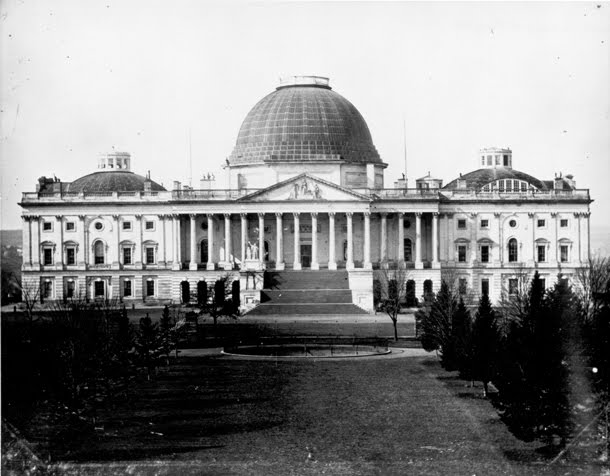









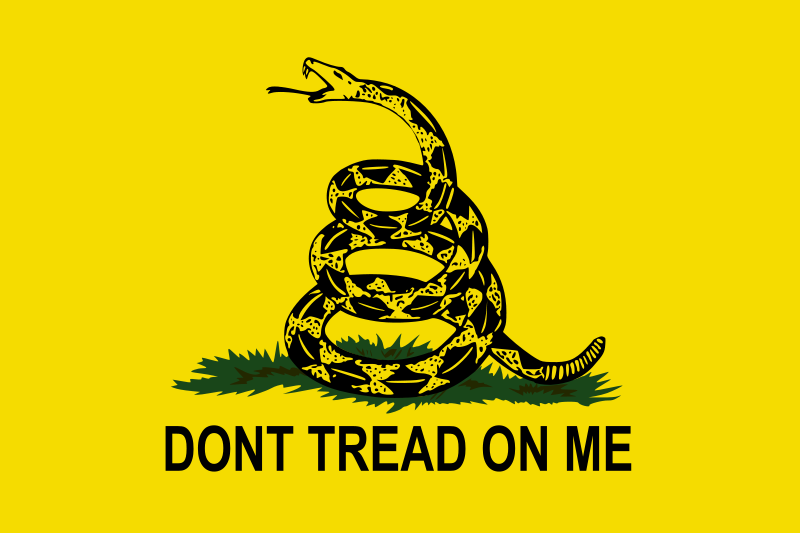
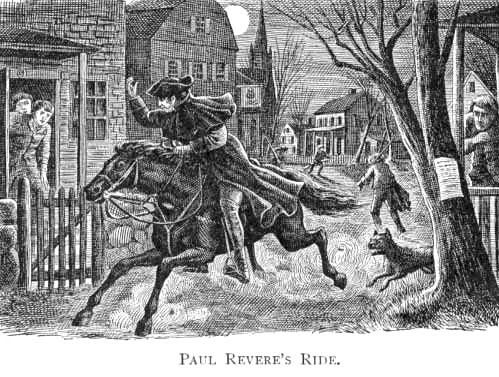

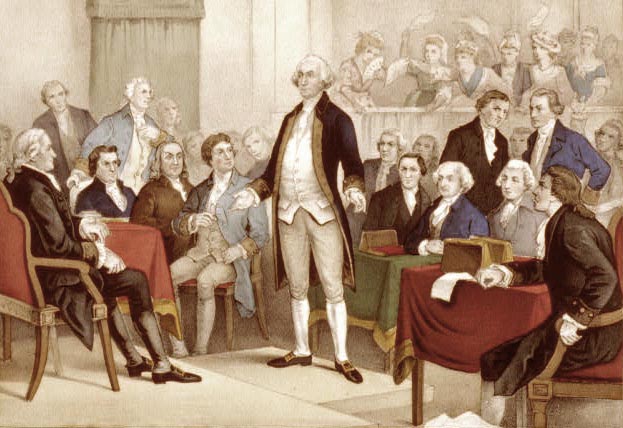

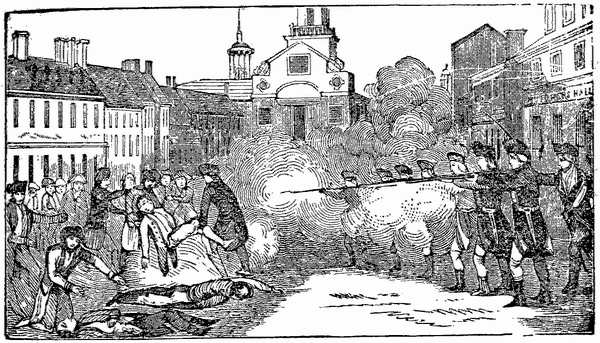

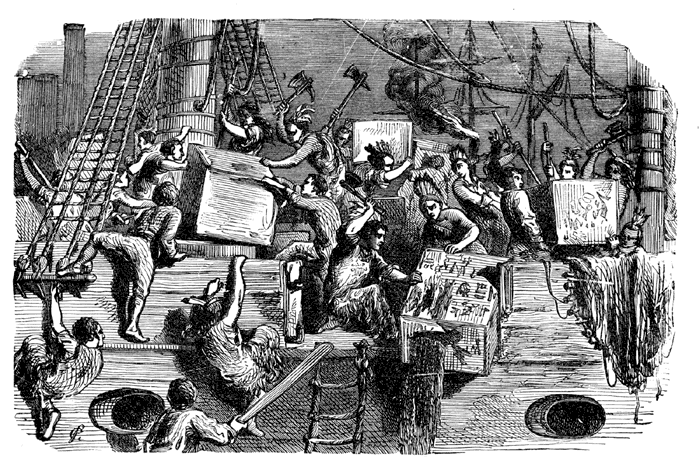




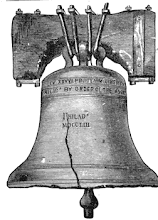




No comments:
Post a Comment